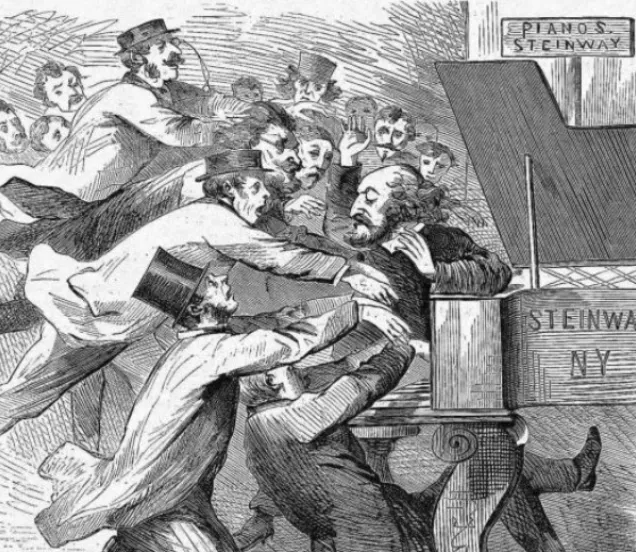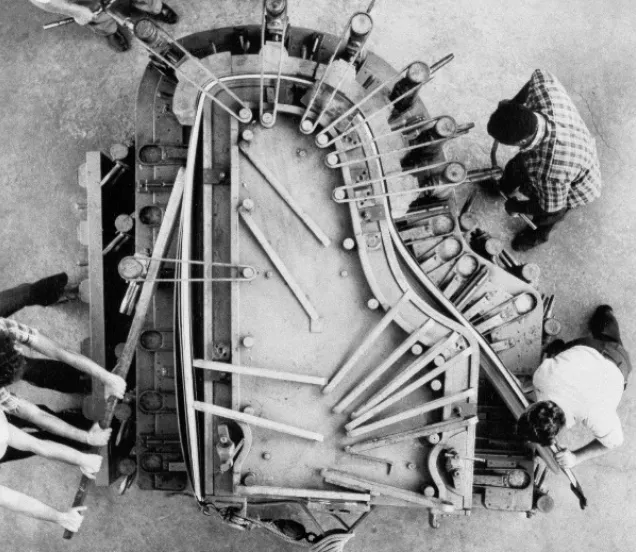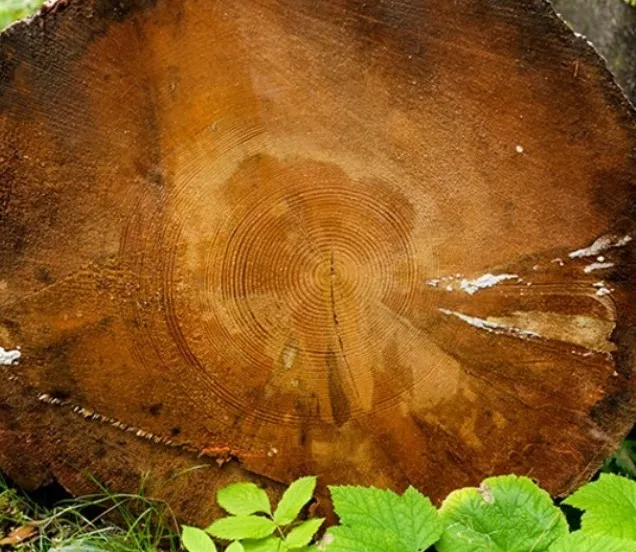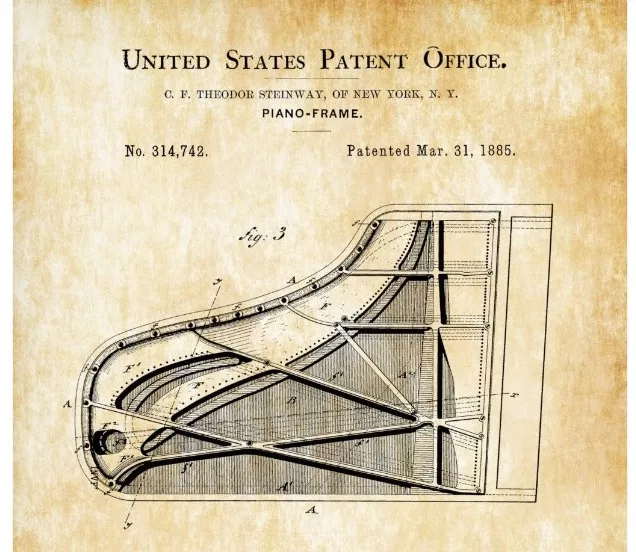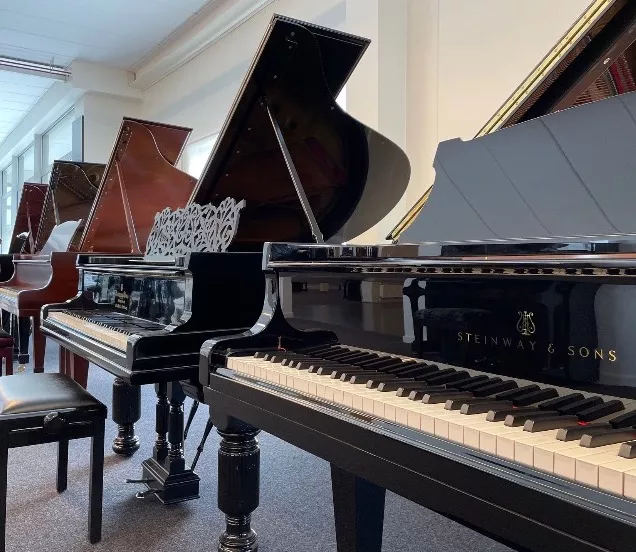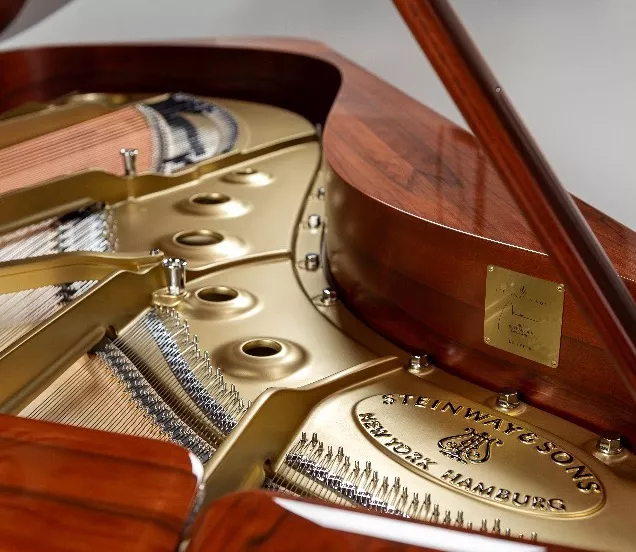A short history
Henry Steinway grew up as the son of a cabinetmaker in Seesen, Germany. There, he was already building pianos under the name Steinweg. In 1850, he and seven of his nine sons emigrated to the United States because of the unsettled economic and political situation in his homeland. The eldest son C. F. Theodore continued building in Germany and established the Steinway factory in Hamburg in 1880. This allowed them to avoid the high import taxes and be closer to their European customer.
The first major international recognitions for Steinway came at the 1867 World Fairs in Paris and 1876 in Philadelphia. There it won gold medals each time. The modern piano as we know it today was born. In the following years, Steinway's success continued to grow despite socio-economic struggles. Steinway became purveyor to many monarchs, such as Queen Victoria, but also gained recognition from pianists such as Franz Liszt.
Despite the Great Depression in the 1930s and the bombings during World War II, production came back to full speed during the 20th century. Numerous legendary pianists, such as Vladimir Horowitz, Annie Fischer, Duke Ellington... associated themselves with the Steinway & Sons name and thus became ambassadors of the brand, the so-called Steinway Artists. Even today, pianists worldwide choose Steinway to give their best in concerts or competitions with one of the main examples being the Queen Elisabeth Competition.


